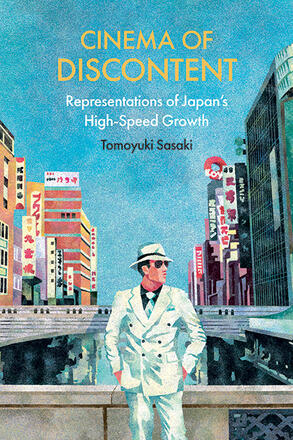
Cinema of Discontent
Representations of Japan's High-Speed Growth
Alternative formats available from:
Uses popular films to reveal the tensions generated during Japan’s postwar "economic miracle," challenging the prevailing view that it was a story of great national success.
Description
From the mid-1950s to the mid-1970s, Japan experienced an unprecedented level of economic growth, transforming itself from a war-devastated country to a global economic power. Our image of postwar Japan has been shaped by this event, and we tend to see its history as a story of great national success. Cinema of Discontent challenges this view and details the tensions generated by massive and intense capitalist development through analyses of popular cinema produced during the era of high-speed growth. The films discussed in this book, directed by Kawashima Yūzō, Masumura Yasuzō, Inoue Akira, Ezaki Mio, and Kumashiro Tatsumi, attracted broad audiences yet remain understudied. Cinema of Discontent contextualizes these films in relation to the politics, economy, intellectual discourse, and cultural texts of the time. By doing so, it demonstrates how these films address problems immanent to Japan's postwar capitalism, including uneven development, increasing corporate control over individuals, precarious and contingent work, and militarized peace and prosperity.
Tomoyuki Sasaki is Associate Professor of Japanese Studies at the College of William & Mary. He is the author of Japan's Postwar Military and Civil Society: Contesting a Better Life.
Reviews
"Using film texts drawn from the 1950s to the 1970s, Sasaki brilliantly and insightfully deconstructs the myth of Japan's postwar 'economic miracle,' recognizing the (inevitably) uneven growth along with the heterogeneity of experiences generated by high-speed economic expansion. He writes from the perspective of an insider, a kind of historico-anthropologist of the anthropocene, and under his magnanimous microscope we feel for the characters in these films and come to know their context—perhaps better than any work on Japanese cinema I have read. I feel like I learn something—about cinema, economics, and culture—on almost every page." — David Desser